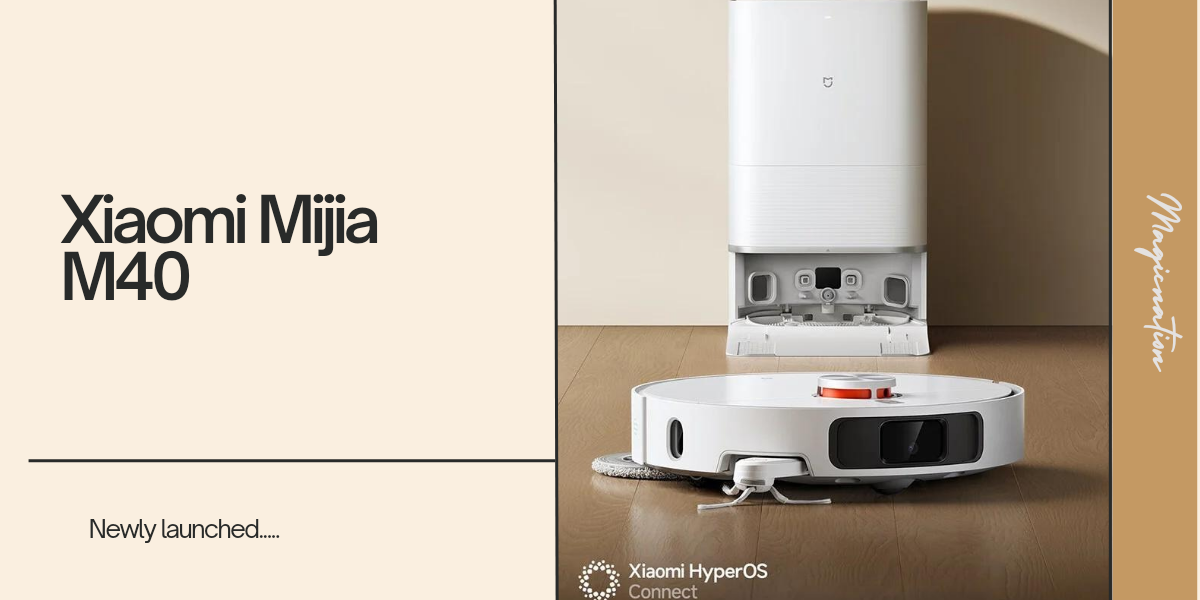Long time no see... well, we are all busy & I hope so are you.... But it's quiet fascinating that although we are living in this fast-paced world, so much is happening in our world, and we can't even get to see or hear most of the things which are causing wonders...
One such thing or area where active development is happening in recent times where we as humans see a huge opportunity for both Mankind as well as for our future generations is... Space.
Without any further ado, let's start to see what some of the upcoming Space techs that are going to Launch in Space.

Here are some of the Space Tech that ISRO is going to send in space. While most of them are Homegrown Space tech, some of them are going to be in joint ventures as well as some of them are from outside.First Let's start with the XpoSAT which was launched on 1st Of January on a PSLV rocket carrying the name PSLV C58 indicating the no of launches of the Same rocket.ISRO was founded by Vikram Sarabhai, who was also called the “Father of Science” and had established and founded ISRO when the whole world was engaged with the Space race. We had a very simple yet ambiguous Plan for our Country as well as for Humanity.

XPoSat (X-ray Polarimeter Satellite)
It is the first dedicated scientific satellite from ISRO to carry out a research in space-based polarisation measurements of X-rays emissions from the celestial sources. The satellite configuration is modified from the IMS-2 bus platform.

The next mission which will carry the NISAR satellite which is a joint venture between the ISRO and the JPL of NASA which will launch the first synthetic aperture satellite.The Configuration of the mainframe systems are derived based on the heritage of IRS satellites. It carries two payloads namely POLIX (Polarimeter Instrument in X-rays) and XSPECT (X-ray Spectroscopy and Timing). POLIX is realized by Raman Research Institute and XSPECT is by Space Astronomy Group of URSC.

Next is SPADEX which is a collection of small satellites structures developed by ISRO.This flagship partnership would have major contributions from both agencies. NASA is responsible for providing the L-Band SAR payload system in which the ISRO supplied S-Band SAR payload and both these SAR systems will make use of a large size (about 12m diameter) common unfurl able reflector antenna . In addition, NASA would provide engineering payloads for the mission, including a Payload Data Subsystem, High-rate Science Downlink System, GPS receivers and a Solid State Recorder.

It is a family of modular mini satellites buses developed by the ISRO.SPADEX campaign would consist of two IMS Class 2 class (200 kg) satellites, one would be Chaser which will also be equipped with a remote robotic arm ,and other being Target and both would be launched as co-passengers or auxiliary payloads.] Both spacecraft would be injected into slightly different orbit.

Next is INSAT 3D which is also an upcoming launch mission formed by the ISRO for the formation for the constellation of satellites in space.
Next is Venus Orbiter mission unofficially known as Shukrayaan.
Indian Mini Satellite (IMS) It'll launch as early as 2028 or till 2030 2hich will contain the following techs & payloads:
- Venus L & S-Band SAR
- VARTISS (Orbital Ground-penetrating radar)
- VSEAM (Surface Emissivity)
- VTC (Thermal Camera)
- VCMC (Cloud Monitoring)
- LIVE (Lightning Sensor)
- VASP (Spectro Polarimeter)
- SPAV (Solar occultation photometry)
- NAVA (Airglow imager)
- RAVI (RO Experiment)*
- ETA (Electron Temperature Analyser)
- RPA (Retarding Potential Analyser)
- Mass Spectrometer
- VISWAS (Plasma Analyser)
- Venus Radiation environment monitor (VeRad)
- Venus Solar Soft x-ray Spectrometer (VS3)
- VIPER (Plasma Wave Detector)
- VODEX (Dust experiment)
Ciao,










